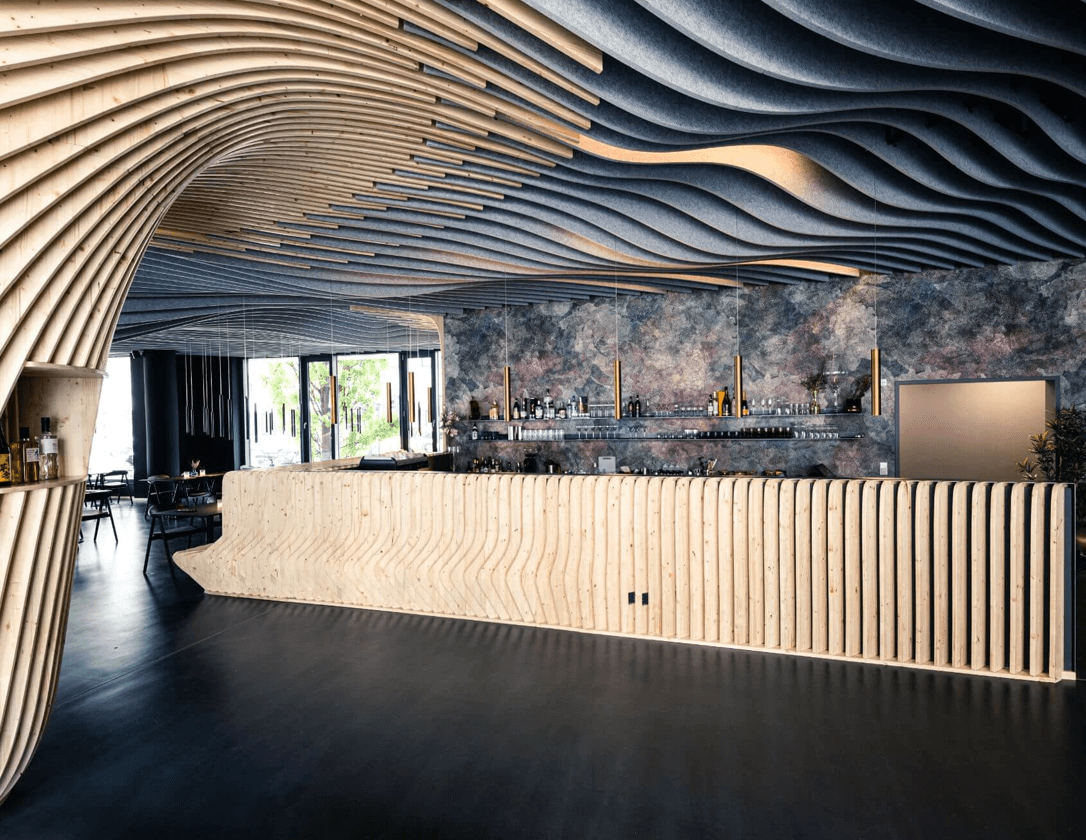- Home
- Articles
- Architectural Portfolio
- Architectral Presentation
- Inspirational Stories
- Architecture News
- Visualization
- BIM Industry
- Facade Design
- Parametric Design
- Career
- Landscape Architecture
- Construction
- Artificial Intelligence
- Sketching
- Design Softwares
- Diagrams
- Writing
- Architectural Tips
- Sustainability
- Courses
- Concept
- Technology
- History & Heritage
- Future of Architecture
- Guides & How-To
- Art & Culture
- Projects
- Interior Design
- Competitions
- Jobs
- Store
- Tools
- More
- Home
- Articles
- Architectural Portfolio
- Architectral Presentation
- Inspirational Stories
- Architecture News
- Visualization
- BIM Industry
- Facade Design
- Parametric Design
- Career
- Landscape Architecture
- Construction
- Artificial Intelligence
- Sketching
- Design Softwares
- Diagrams
- Writing
- Architectural Tips
- Sustainability
- Courses
- Concept
- Technology
- History & Heritage
- Future of Architecture
- Guides & How-To
- Art & Culture
- Projects
- Interior Design
- Competitions
- Jobs
- Store
- Tools
- More
Acoustic in Architecture
Acoustics is a branch of physics that deals with the study of sound and its properties. When it comes to architecture, acoustics plays a crucial role in creating functional and aesthetically pleasing spaces that can support a range of activities, from music performances and lectures to social gatherings and everyday conversations.

Acoustics is a branch of physics that deals with the study of sound and its properties. When it comes to architecture, acoustics plays a crucial role in creating functional and aesthetically pleasing spaces that can support a range of activities, from music performances and lectures to social gatherings and everyday conversations. In many architectural projects, incorporating a wall panel designed for sound absorption can significantly improve room clarity and reduce unwanted echoes. These acoustic panel solutions also allow designers to enhance both performance and visual appeal without altering the overall layout.
In architectural design, acoustics involves the careful consideration of various factors that can affect sound transmission, absorption, reflection, and diffusion in a given space. These factors include room size and shape, ceiling height, wall materials, and furniture placement, among others. The goal of acoustics in architecture is to create spaces that optimize sound quality, minimize unwanted noise, and enhance overall user experience. To tackle the noise issues, buy sound proofing panels and install them on walls and ceilings. These panels help reduce echo and reverberation within the room. It will really help, but be aware—true soundproofing requires construction-based measures such as added mass, airtight sealing, or structural decoupling.

One of the most important aspects of acoustics in architecture is the use of sound-absorbing materials. These materials can help reduce echoes and reverberations, which can make it difficult to understand speech and music. Common sound-absorbing materials include acoustic ceiling tiles, carpets, curtains, and acoustic wall panels by strategically placing these materials in a space, architects and designers can improve speech intelligibility and reduce the need for sound reinforcement systems.
Another key consideration in acoustics is the use of sound-reflecting materials. These materials can help improve the clarity and richness of sound by redirecting it towards the audience or listener. Examples of sound-reflecting materials include hard surfaces like concrete, marble, and glass. In certain spaces, such as concert halls and theaters, sound-reflecting materials are often used to enhance the musical experience and create a sense of spaciousness.
In addition to sound absorption and reflection, acoustics in architecture also involves the control of sound transmission. Sound transmission refers to the movement of sound from one space to another, and it can be a significant problem in multi-use buildings and spaces. To minimize sound transmission, architects and designers use sound-isolating materials, such as double-pane windows, insulated walls, and air gaps. By controlling sound transmission, designers can create acoustically separate spaces that can be used simultaneously without interfering with each other.

Sound diffusion refers to the scattering of sound waves in different directions, which can help create a sense of spaciousness and envelopment. To achieve sound diffusion, designers use materials with irregular surfaces, such as diffuser panels and acoustic clouds. These materials scatter sound waves in different directions, creating a sense of immersion and enhancing the overall listening experience.
Acoustic Design Factors
By carefully considering factors such as sound absorption, reflection, transmission, and diffusion, architects and designers can create spaces that are functional, aesthetically pleasing, and acoustically optimized. Whether designing a concert hall, lecture hall, or office space, acoustics is an essential consideration that can make a significant difference in how people perceive and interact with a given environment.
Architects use acoustics in architectural spaces to create functional and aesthetically pleasing environments that enhance sound quality, minimize unwanted noise, and improve the overall user experience. There are several ways in which architects use acoustics to design and optimize architectural spaces:
- Room Size and Shape: The size and shape of a room can significantly impact its acoustics. Architects must consider the size of a room to ensure that it can accommodate the intended use and occupancy while also providing optimal sound quality. Additionally, the shape of a room can affect sound reflection, diffusion, and absorption.

Sound-Absorbing Materials: Architects use sound-absorbing materials such as acoustic ceiling tiles, carpets, curtains, and wall panels to reduce echoes and reverberations in a space. These materials can help improve speech intelligibility and reduce the need for sound reinforcement systems.
- Sound-Reflecting Materials: Sound-reflecting materials like concrete, marble, and glass can help improve sound clarity and richness by redirecting sound towards the listener or audience. In some spaces, such as concert halls and theaters, sound-reflecting materials are used to enhance the musical experience and create a sense of spaciousness.
- Sound Transmission: Architects use sound-isolating materials like double-pane windows, insulated walls, and air gaps to minimize sound transmission from one space to another. This helps create acoustically separate spaces that can be used simultaneously without interfering with each other.
- Sound Diffusion: Architects use materials with irregular surfaces, such as diffuser panels and acoustic clouds, to scatter sound waves in different directions, creating a sense of immersion and enhancing the overall listening experience.
- Room Layout and Furniture Placement: The layout of a room and placement of furniture can significantly impact its acoustics. Architects must consider the placement of speakers, microphones, and other sound equipment to ensure that they are optimally positioned in the space.

- Acoustic
- Acoustic Architecture
- Acoustic Design
- acoustic design strategies
- acoustic diffusion design
- Acoustic in Architecture
- acoustic panels for buildings
- Acoustic Spaces
- architectural acoustic design
- architectural noise reduction
- architectural sound isolation
- auditorium acoustic optimization
- building materials for acoustics
- concert hall acoustics
- interior acoustic treatment
- noise control in buildings
- room acoustics principles
- sound absorption materials
- sound reflection in architecture
- sound transmission solutions
- soundproofing interior spaces
Submit your architectural projects
Follow these steps for submission your project. Submission FormLatest Posts
The Ultimate Guide to Fencing in North Dakota: Choosing the Best Fence for Your Property
Watching a chain link fence twist in 70 mph winds near Minot...
Gaudí: Where Architecture Meets Science
Gaudí: Where Architecture Meets Science shows catenary arches, ruled surfaces, and biomimicry...
How Housing Market Forces Shape Architectural Design Today
Architecture never exists in isolation. Buildings rise from a mix of ambition,...
Why Portable Formaldehyde Gas Detectors Matter on Construction Sites
As construction practices shift toward more enclosed and material-intensive environments, the risk...












Leave a comment